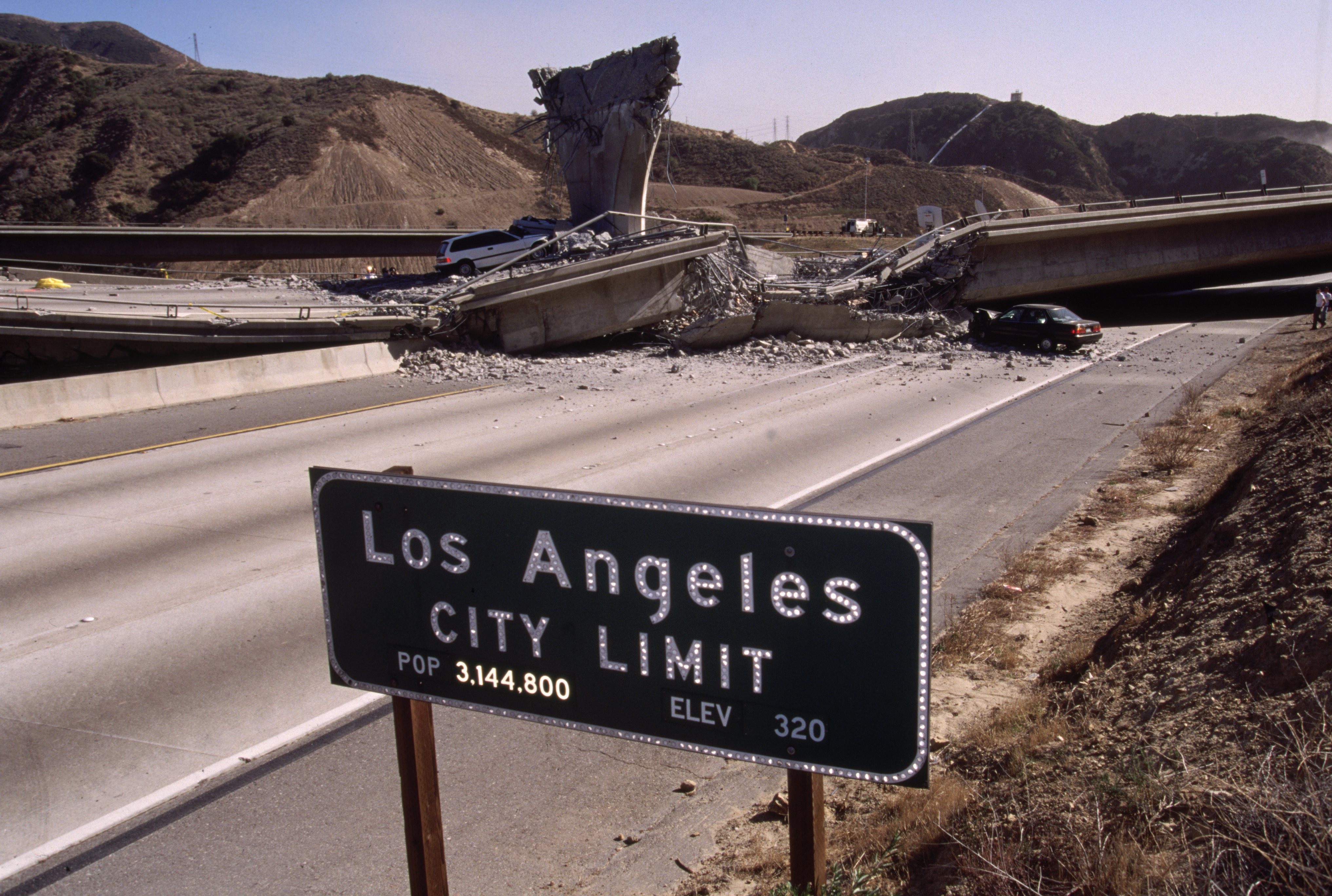- The 1994 Northridge earthquake killed more than 50 people and created widespread devastation in Los Angeles.
- The earthquake was one of the world’s most expensive natural disasters, causing an estimated $35 billion in damage.
- Twenty-five years after the quake, scientists are warning of the next “Big One,” which could wreak even more havoc in California.
As scientists warn of the next big earthquake in California, a devastating tragedy in Los Angeles may offer insight into what’s to come.
Twenty-five years ago today, a 6.7-magnitude earthquake struck Northridge, an area just northwest of LA, destroying thousands of residences and leaving around 22,000 people displaced from their homes.
Studies now estimate that the earthquake caused $35 billion in damage, making it not only the costliest earthquake in US history, but one of the most expensive natural disasters the world has ever seen.
The lessons learned from Northridge can easily apply to the next “Big One,” which scientists anticipate could reach a magnitude of 8.0. If that happens, around 1,800 people could die in Southern California and another 270,000 people could be displaced.
At the very least, a quake of that magnitude could slash power, topple infrastructure, and consume lives.
Take a look at what that kind of devastation did to Los Angeles in 1994.
The Northridge earthquake struck at 4:30 a.m. on January 17, 1994.

The shaking only lasted for 10 to 20 seconds, but it was by followed by a series of aftershocks — including one 11 hours later.

Fifty-seven people died as a result of the quake and another 8,700 were injured.

Thousands of single-family homes, apartments, and mobile homes were either destroyed or severely damaged.

In the wake of the earthquake, the California National Guard set up shelters for displaced residents.

“Many of the hardest-hit areas became known as ‘ghost towns’ ... because building owners could not afford the cost to rebuild,” California Earthquake Authority CEO Glenn Pomeroy said in a statement.

Source: California Earthquake Authority
The shaking incited fires, floods, and landslides. It also downed water and gas lines.

Most notably, the earthquake damaged multiple freeways, including the Santa Monica Freeway, one of the busiest freeways in the world.

Source: NBC Los Angeles
Then-president Bill Clinton declared LA County a national disaster area, which opened up federal funding for relief efforts.

Source: NBC Los Angeles
The Los Angeles Unified School District also shut down schools for a week, and city officials called for a temporary dusk-to-dawn curfew.

Source: NBC Los Angeles
Five days after the quake, around 10,000 households in the northwest San Fernando Valley still lacked running water.

Source: NBC Los Angeles
Around 200 residents contracted a disease called "Valley fever" after landslides kicked up debris that contained spores of fungus. Three people died as a result.

Source: United States Geological Survey
The quake also damaged numerous hospitals, forcing patients to be relocated.

California later passed a law requiring emergency rooms to be located in earthquake-resistant buildings.
Many were afraid to return home after the quake, with some choosing to leave California entirely.

The exodus may have been enough to spur a population decline in LA in the years following.
Though LA has rolled out a warning system for the next "Big One," its housing shortage and population size could exacerbate future damage.


